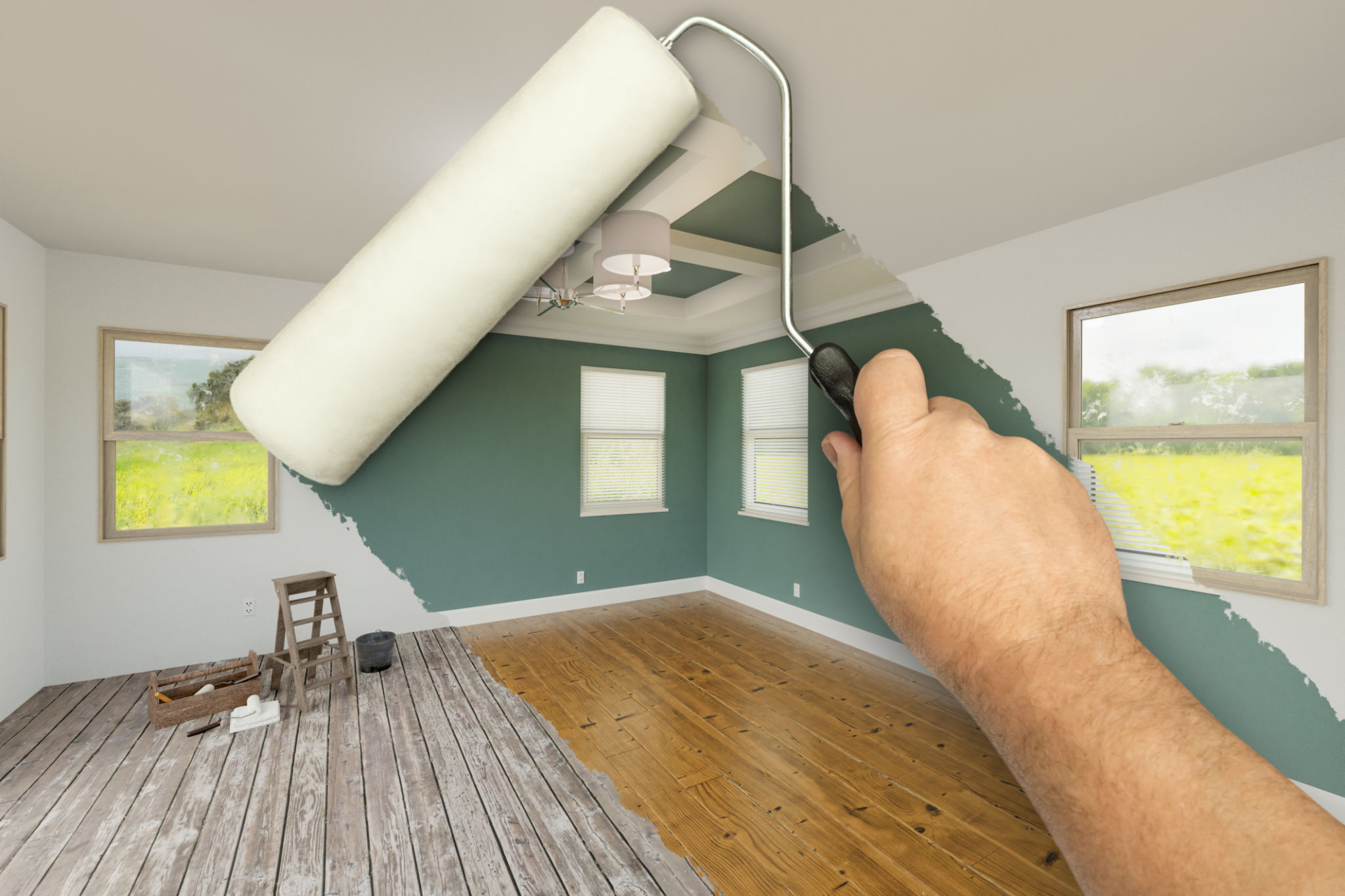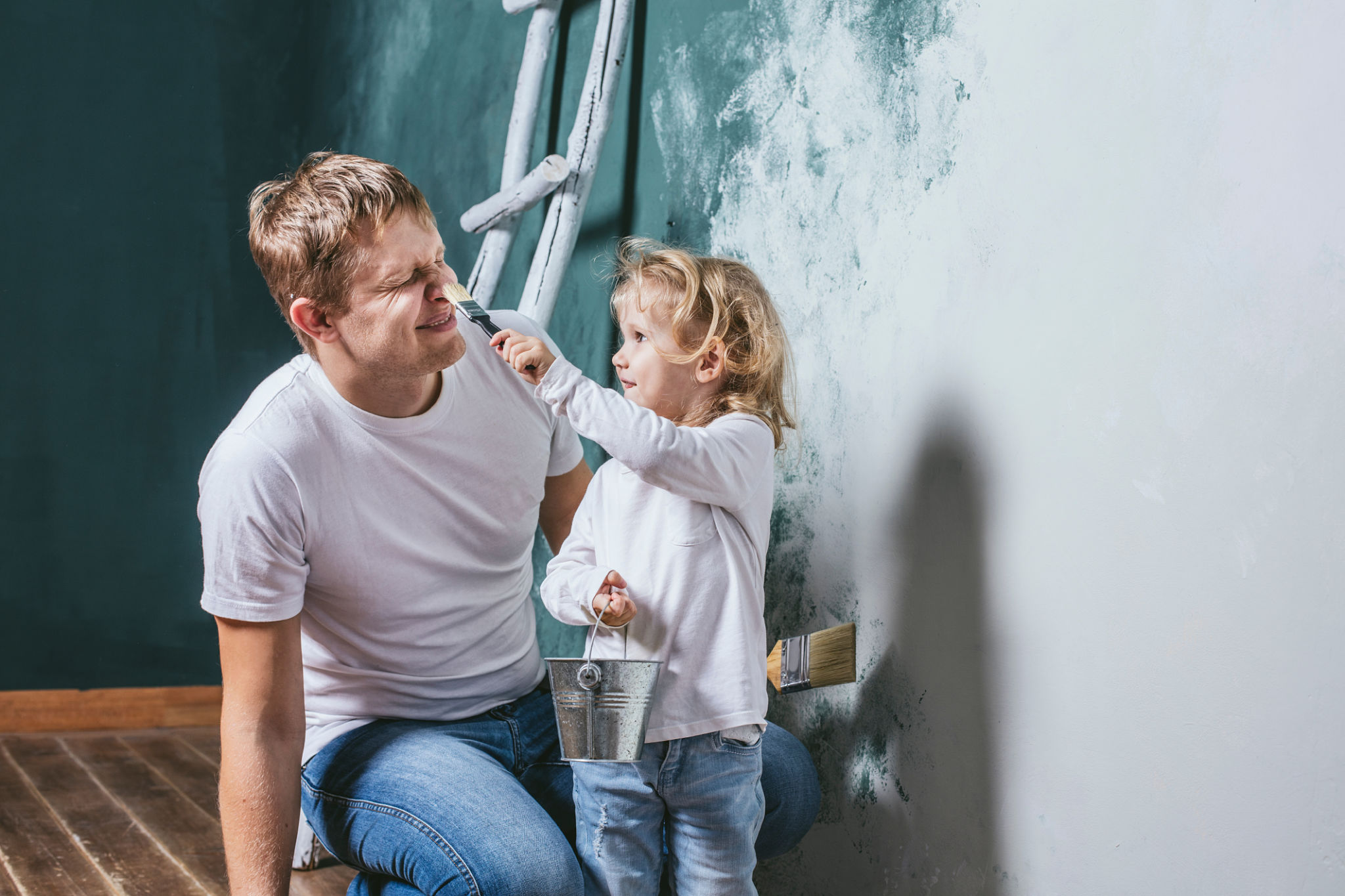Common Mistakes to Avoid When Painting Your Home
Preparation is Key
One of the most common mistakes when painting your home is neglecting proper preparation. Skipping this step can lead to a poor finish and may require additional coats of paint. Before you begin, ensure that all surfaces are clean and free of dust, dirt, and grease. Sand any rough areas and patch holes or cracks with the appropriate filler. Proper preparation will save you time and ensure a smooth, professional-looking finish.
Additionally, it's crucial to tape off trim, edges, and any fixtures that shouldn't be painted. Use high-quality painter’s tape to ensure clean lines and prevent paint bleed. Cover floors and furniture with drop cloths to protect them from drips and spills.

Choosing the Wrong Paint
Selecting the right type of paint for your project is essential. Many homeowners make the mistake of choosing paint based solely on color without considering the finish or type. Each room may require a different type of paint; for example, flat or matte finishes are ideal for low-traffic areas like bedrooms, whereas semi-gloss or gloss finishes are better for kitchens and bathrooms due to their durability and ease of cleaning.
Always consider the surface you're painting and whether it requires a specific type of paint for optimal adhesion and longevity. When in doubt, consult with a professional at your local paint store for advice on the best options for your specific needs.
Rushing the Process
Patience is a virtue when it comes to painting your home. Rushing through the process can lead to uneven coverage, streaks, and other unsightly issues. Allow adequate drying time between coats. Most paints require at least two coats for complete coverage, especially if you're making a significant color change.

Also, pay attention to environmental factors such as temperature and humidity, which can affect drying times. Painting in extreme conditions can cause the paint to dry too quickly or not at all, leaving you with a less-than-perfect finish.
Using Low-Quality Tools
Investing in high-quality brushes and rollers can make a significant difference in the final result of your painting project. Low-quality tools often shed bristles or leave roller marks, which can ruin an otherwise flawless paint job. Choose brushes that are appropriate for the type of paint you are using—natural bristle brushes for oil-based paints and synthetic for latex paints.
Similarly, using a quality roller cover will provide better coverage and a smoother finish. Don’t forget to have a variety of sizes on hand to tackle different areas effectively.

Ignoring Safety Measures
Safety should always be a priority when painting your home. Many homeowners overlook the importance of proper ventilation while painting indoors. Ensure that windows are open and fans are running to provide adequate airflow and reduce the risk of inhaling fumes.
Wearing protective gear such as goggles, gloves, and masks can also help safeguard against potential hazards. If you’re working with ladders, take extra care to ensure they are stable and positioned correctly to prevent falls.
Conclusion
Avoiding these common mistakes can make your home painting project more successful and stress-free. By taking the time to prepare properly, selecting the right materials, and following safety guidelines, you can achieve a professional-quality finish that enhances the beauty and value of your home.
